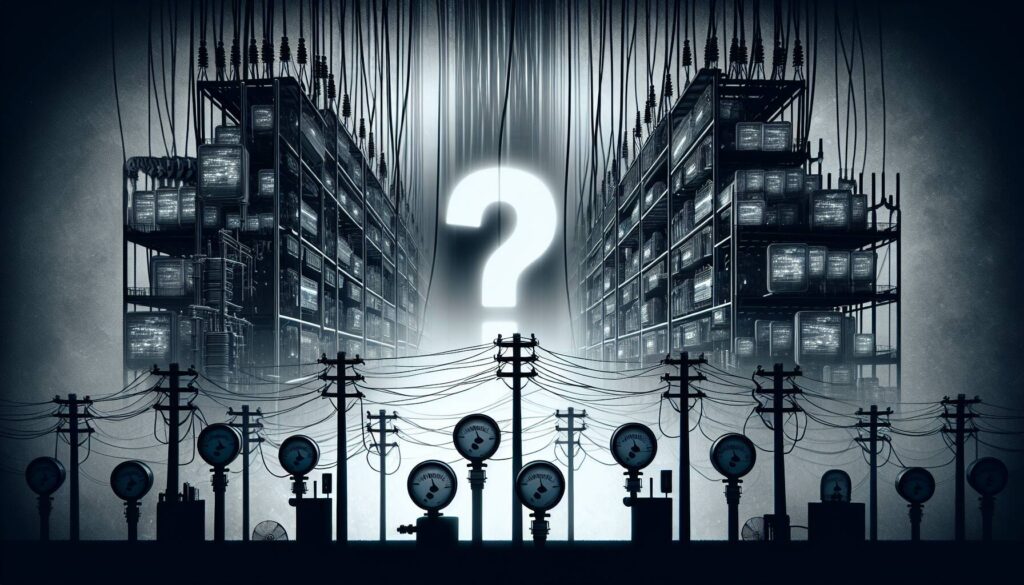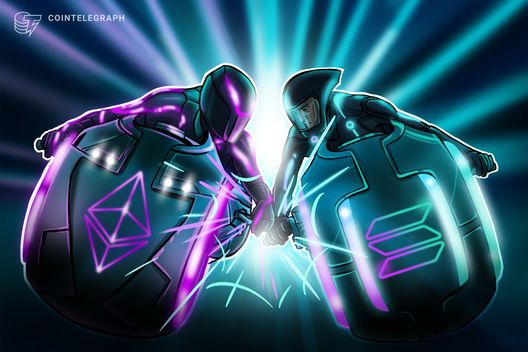As the 2026 midterm elections approach, a wave of voter frustration is surging over soaring electricity bills and the expanding presence of data centers in communities. Citizens are voicing their concerns about the impact of rising energy costs on their households, while also questioning the environmental and economic repercussions of large-scale data facilities popping up across the nation.
This growing unrest is expected to shape campaign strategies as candidates seek to address these pivotal issues that resonate deeply with constituents. With electricity prices hitting records, voters are feeling the pinch in their pocketbooks, prompting a search for solutions and accountability from their elected officials.
The intersection of energy policy and local development is becoming a critical theme as the midterms draw near, making it a key focus for both voters and candidates alike.
In many regions, the contentious debate over data centers, which are often seen as both economic opportunity and environmental burden, adds another layer of complexity to the election landscape. As communities grapple with these pressing concerns, the stakes for the 2026 midterms are undeniably high.

Voters’ Anger at High Electricity Bills and Data Centers Looms Over 2026 Midterms
Key points regarding the impact of voters’ concerns on upcoming elections:
- Rising Electricity Costs:
The prevalence of high electricity bills is a major concern for voters, potentially influencing their electoral decisions.
- Impact of Data Centers:
The expansion of data centers is contributing to increased energy demands, sparking frustration among constituents.
- Political Ramifications:
Candidates may need to address energy policy and consumer protection to appeal to the electorate.
- Public Sentiment:
Anger over utility costs can mobilize voters, leading to higher engagement in the midterms.
- Long-term Consequences:
How elected officials respond to these concerns may shape future energy policies and economic initiatives.
Voters’ Frustration with Rising Energy Costs: Implications for the 2026 Midterms
The increasing discontent among voters regarding soaring electricity bills and the controversial presence of data centers emerges as a pivotal issue ahead of the 2026 midterms. This sentiment mirrors broader national trends where rising utility costs have become a significant factor for voter mobilization and dissatisfaction with incumbent leaders. The palpable anger reflects a growing urgency among constituents demanding accountability and more sustainable energy solutions.
Competitive Advantages: This news highlights a ripe opportunity for political candidates who prioritize energy reform and address affordable electricity as a key component of their platform. Candidates who can effectively articulate a response to these frustrations may galvanize support, particularly among disenfranchised voters in key demographics. Furthermore, this surge in awareness can pave the way for new political coalitions focused on green technology and utility regulation.
Competitive Disadvantages: On the flip side, incumbents may face backlash, particularly if they are perceived as failing to adequately address these issues during their tenure. Political opponents will likely leverage this discontent to question their effectiveness and propose alternative energy policies. For those heavily invested in traditional energy sources or lacking a clear energy strategy, the looming threat of this voter anger could pose significant hurdles in their campaigns.
This scenario could significantly benefit candidates advocating innovative energy solutions and transparency from utility companies. Conversely, it could create problems for incumbents who cannot swiftly respond to constituents’ mounting concerns, resulting in potential losses in crucial districts where energy costs are a top concern.

















